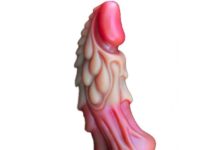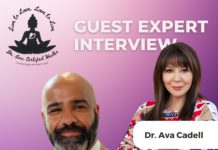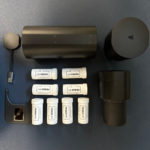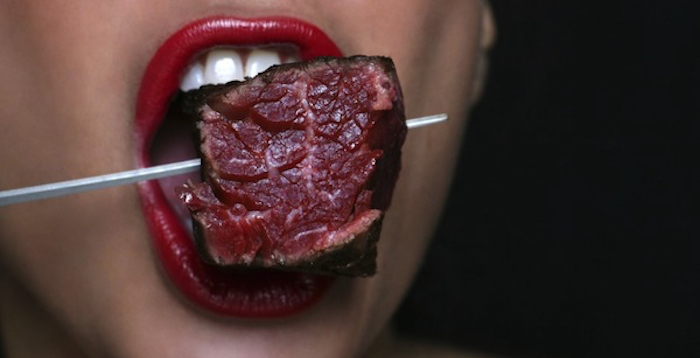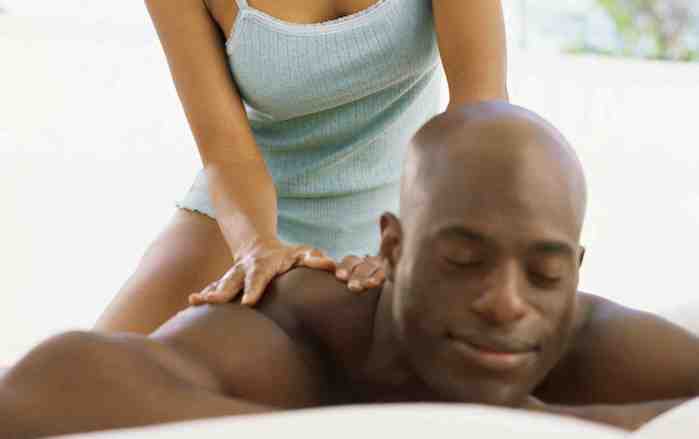Mind and Body Experiences
To be fully engaged in life, we must become aware of the extraordinary connection between our mental state and our physical being. Everything we do relies on neurons communicating with one another, electrical impulses and chemical signals carrying messages across different parts of the brain as well as between the brain and the rest of the nervous system. The body and mind work together to heighten all our experiences, our love and sex lives included.
Pain and Pleasure Ignite The Same Areas of the Brain
Scientists have also discovered that emotions have a physical place in the brain. Anger, happiness, sadness, fear – each has a specific neural circuitry that has evolved over millions of years. Interestingly, many dichotomous emotions reside in the same place. For example, fear and anger come from the same area of the brain, which is the root of the “fight or flight” response. Similarly, pain and pleasure are also roommates. Studies have shown that people who enjoy BDSM (Bondage, Domination/Discipline, Sadism and Masochism) ignite the same areas of their brains for both the pleasure and the pain they experience.
Emotional Hurt, Physical Pain
When people feel emotional pain, it triggers the same areas of the brain as physical pain.
Why is this? Going back to our initial definition of feelings, the body responds to the messages of the mind. This applies to a broken heart as much as a broken toe.
Our body responds to our thoughts and feelings. Below is a just a short list of some of the physical conditions that can indicate our emotional health is out of balance:
♥ Back pain
♥ Chest pain
♥ Constipation
♥ Exhaustion
♥ Headaches
♥ High blood pressure
♥ Insomnia
♥ Palpitations
♥ Sexual problems
♥ Stiff neck
♥ Upset stomach
♥ Weight changes
Alan Fogel, Ph.D., explored this phenomenon for Psychology Today (“Where Does Emotion Hurt In The Body?” 2012) with a series of insightful questions, most notably this one about tripping over a box someone left behind, “If my brain sends me the signal that I broke my toe and I can feel it in my toe, where does my brain place the emotional pain of anger I have for the guy that left the box in the hallway?” More directly, “Where does emotional pain hurt?”
Fogel wonders if emotional pain might reside in the area of the body that represents that unexpressed emotion. For instance, in the example of a toe stubbed on a box left in the hallway, the decision to not yell at the culprit may result in tension in the neck, throat and jaw because the desired expression was not taken, so the muscle that would have otherwise been exercised becomes tense. So, really, saying someone is a “pain in the neck” is more truth than cliché.
Using this logic, is “heartbreak” a real thing? Some researchers believe so. The feeling of love is partly created by vagal-parasympathetic activation, which promotes an easy and relaxed integration of breathing and heart rate. When this comfortable feeling is challenged
by deception or a break up, the sympathetic nervous system responds the same as if it were a physical threat. Since the safety was felt in the chest area, the body may go into protection mode, thereby causing shoulders to hunch into a downcast posture as if to protect the chest and the heart from further pain.
It is important to become aware of where emotional pain resides in our bodies because the location may hold the key to releasing the pain. To improve your emotional and physical health, keep these basic goals in mind:
♥ Don’t repress, deny or ignore your feelings.
♥ Express your feelings in appropriate ways.
♥ Maintain a positive outlook.
♥ Develop resilience.
♥ Practice relaxation techniques.
♥ Take care of your body with healthy nutrition and exercise.
Take a moment to pay attention to your body. Do you have a physical pain that isn’t related to a known injury or ailment? If so, how might it be related to unresolved emotional pain?
Tune into these emotions, and work through them instead of suppressing them, and you may find this will alleviate the physical pain.
